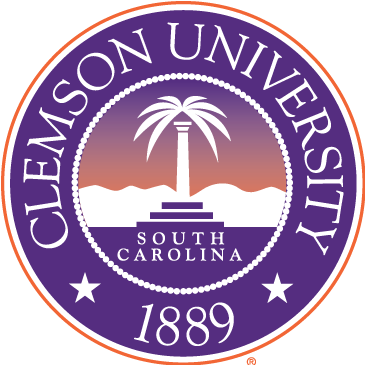The big project to build two new nuclear power reactors at the V.C. Summer Nuclear Generating Station in South Carolina was cancelled as of July 2017. In spite of this setback for nuclear power in S.C., nuclear science and technology are still important to S.C. The Savannah River Laboratory in South Carolina is a national nuclear laboratory owned by the U.S. Department of Energy where important research is carried out. Now two new grants from the DoE Nuclear Energy University Research Program have been awarded to scientists at Clemson University in S.C.
Kyle Brinkman is a member of the C.U. Department of Materials Science and Engineering. Brinkman is working on the disposal of tritium which is a radioactive isotope of hydrogen generated by natural processes and by the fission reaction in nuclear reactors. It has a half life of twelve and one half years. If tritium from nuclear reactors leaks into the environment, it can threaten human health. Ingestion of tritium can lead to illnesses including cancer.
Brinkman is working on the development of a membrane that can filter out the tritium in cooling water from a nuclear reactor. He and his team are exploring different materials but will focus mainly on persovkite, a naturally occurring mineral. The membrane would be utilized in reprocessing plants where spent nuclear fuel is processed to create new fuel for reactors. The U.S. has given up on reprocessing nuclear fuel but China, France, Japan, India, Russia and the United Kingdom are developing reprocessing facilities.
“We’re going to design not only the material, but the processing and the microstructure to get the right filter properties,” Brinkman said. “No one has ever used ceramics to do this. No one has ever used naturally occurring materials, such as perovskite. No one has taken these classes of materials, which have the ability to incorporate the hydrogen isotope tritium, and use them in this sort of capture process. We will be the first.”
Luiz Jacobsohn is also with the C.U. Department of Materials Science and Engineering. He is getting a grant from the same DoE Nuclear Energy University Research as Brinkman. The grant will allow Jacobsohn to purchase a special microscope which will permit him and his team to examine ceramic materials with what is referred to as “Raman” spectroscopy.
The microscope will be used in conjunction with high temperatures and controlled atmospheric conditions. It can heat samples to sixteen hundred degrees Centigrade. In Raman spectroscopy, a sample is heated and then illuminated with a laser beam. The pattern of light scattering in the sample contains useful information about the structure of the material. “Atoms in a solid are shaking because of thermal energy, you illuminate them with a laser beam and then you detect the light that is scattered,” said Jacobsohn. “It essentially measures how much energy is acquired or lost, known as Raman shift.” The microscope will be used in studies of nuclear fuel cladding, nuclear waste immobilization and radiation damage.
